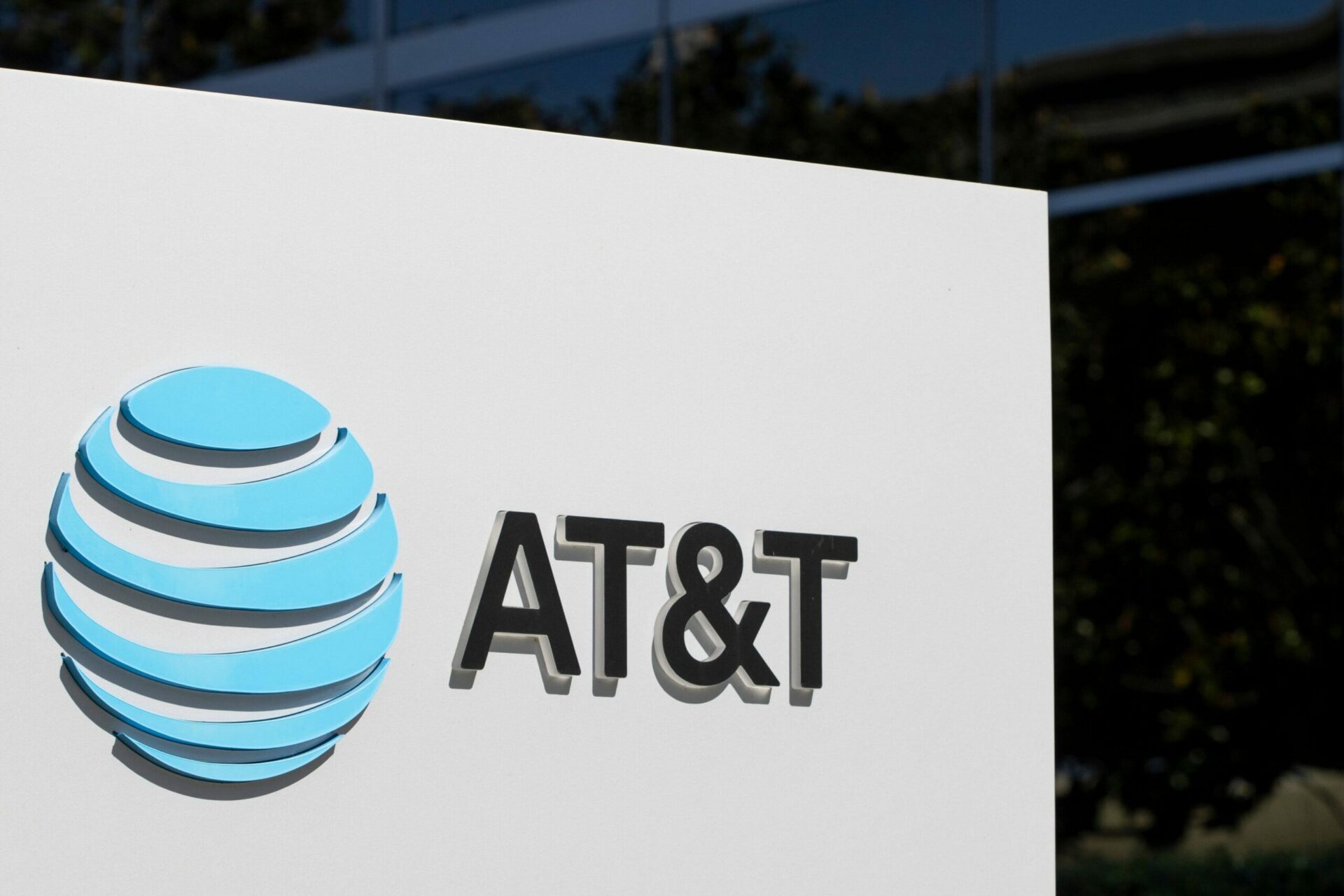TLDR
- AT&T stock rose 1.43% to $27.58 after strong Q1 2025 results.
- Mobility revenue increased 4.7%, with 324,000 postpaid phone net adds.
- Fiber revenue grew 19% with 261,000 net adds; the bundling strategy gains traction.
- Free cash flow hit $3.1B, and adjusted EPS was $0.51, up $0.03 year-over-year.
Risks include potential smartphone tariffs and a competitive wireless market.
AT&T (NYSE: T) stock rose 1.43% to $27.58 following its first-quarter 2025 earnings report. The company posted an adjusted EPS of $0.51, up $0.03 from a year earlier, and delivered $3.1 billion in free cash flow, exceeding forecasts. Management reiterated full-year guidance, reinforcing investor confidence despite macroeconomic uncertainties and competitive industry dynamics. AT&T is also preparing to restart share buybacks in Q2.
AT&T (NYSE: T)
Wireless and Fiber Continue to Drive Growth
Mobility remains AT&T’s core strength, with mobility service revenue climbing 4.1% and total mobility revenue up 4.7%. The company added 324,000 postpaid phone subscribers, maintaining a churn rate of 0.83%. The fiber segment also showed strong momentum, adding 261,000 subscribers—its 21st straight quarter with more than 200,000 net adds. Fiber revenue jumped 19%, helped by bundling strategies that link wireless and fiber products.
More than 40% of AT&T fiber households now also subscribe to its wireless service. This dual-subscription model improves customer retention and boosts average customer lifetime value.
Consumer Up, Business Wireline Down
Consumer Wireline revenue increased 5.1%, led by fiber, while the Business Wireline segment declined by roughly 9% year-over-year due to a shift away from legacy services. Despite this drag, overall service revenue rose 1.2%, as growth in consumer segments more than offset losses on the business side.
AT&T’s Internet Air product, a fixed wireless internet option aimed at areas without fiber access, added 181,000 subscribers. The offering has become another tool in the company’s rural and suburban expansion efforts.
Solid Financial Position Supports Future Growth
AT&T’s total revenue increased 2% year-over-year, while adjusted EBITDA rose 4.4%. The company invested $4.5 billion in capital during the quarter and reduced its net debt by approximately $1 billion. As of Q1’s end, AT&T’s net debt-to-adjusted EBITDA ratio stood at 2.63x—within its target range.
Total cash stood at $6.89 billion, while the total debt-to-equity ratio was high at 117.86%. Levered free cash flow over the trailing twelve months was $15.45 billion, indicating strong operational efficiency.
Risks: Tariffs and Competitive Pressures
AT&T warned of potential headwinds, including possible smartphone tariffs under the Trump administration that could drive up device costs and reduce demand. An economic downturn could also push customers to seek cheaper wireless plans or delay bill payments, impacting revenue and cash flow.
Still, AT&T’s customer-centric strategy—like the AT&T Guarantee, which credits users for service outages—is helping reduce churn and boost satisfaction, even without aggressive promotions.
Looking Ahead
AT&T is on track to surpass its mid-2025 target of passing over 30 million locations with its fiber network. It expects full-year mobility revenue growth of 2–3% and mid-teens growth in consumer fiber. Free cash flow, excluding DIRECTV, is projected to exceed $16 billion. The company also plans to close its 70% stake sale in DIRECTV by mid-2025.
With a strong Q1, consistent execution, and improved financial flexibility, AT&T appears well-positioned for sustained growth in 2025—despite potential macro challenges.


